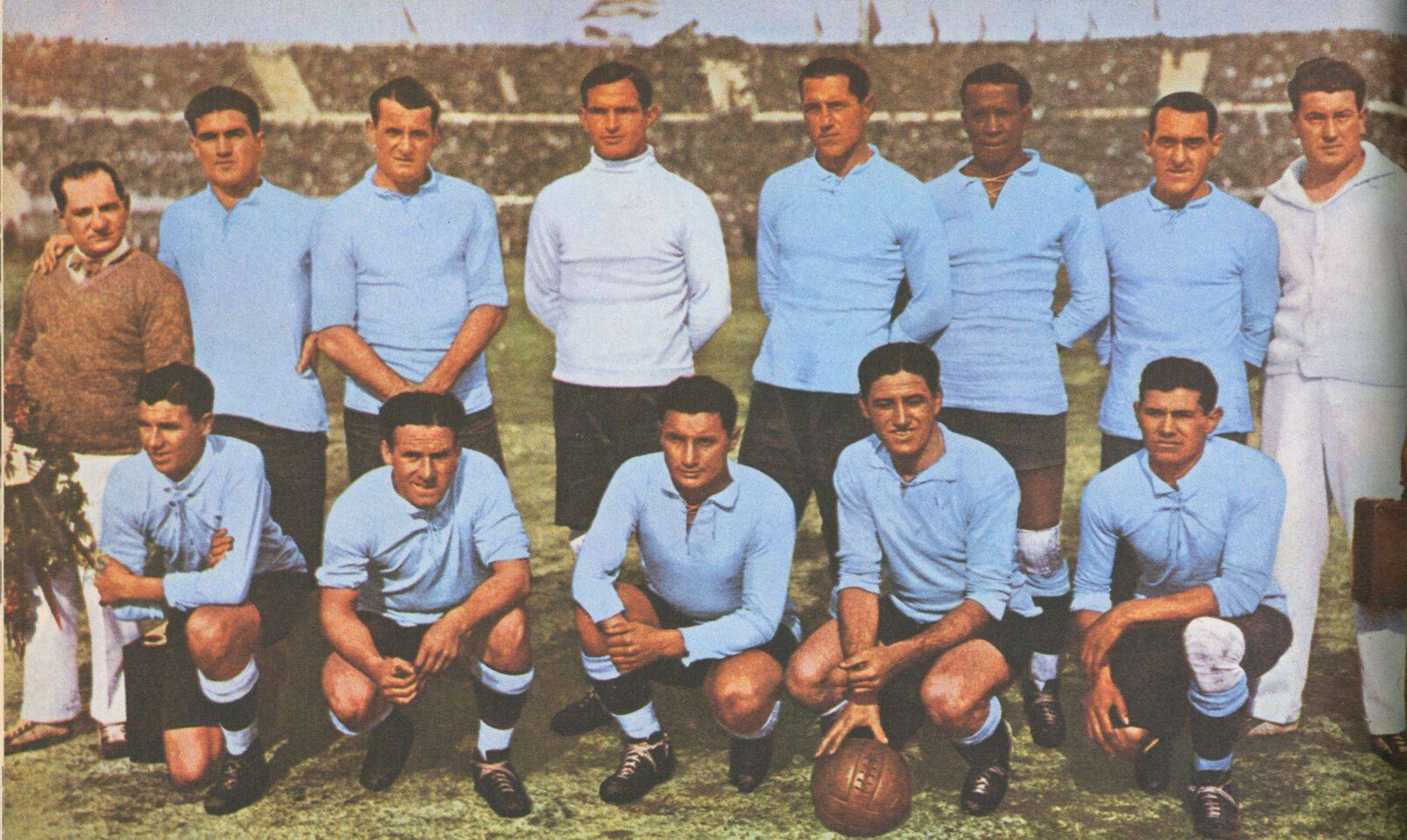
1930, the year when the football World Cup started everything
Discipline
Event
Date
By
As a sporting event, the football World Cup only competes with the Olympic Games in terms of global reach and popularity. Every four years, the best National teams in the world compete for a month in the same country (or few countries) in a tournament whose final act draws the attention of billions of people. It hasn’t always been like that. When Uruguay hosted the first World Cup in 1930, the organizers had to build the tournament day by day. However, the success of that edition defined the birth of one of the most followed sporting sport events in the globe.
The organization of the 1930 football World Cup
The International Federation of Football Associations (FIFA) had plans of organizing an international tournament since 1905, one year after its establishment.
In that epoch, the major international football tournament was the Olympic one, first played in 1900. However, at the time, only amateur athletes could compete at the Olympics. Shamateurism was a common practice: players received illegal payments while formally amateurs.
The spread of professionalism let FIFA decide in 1929 to organize the first World Cup in 1930, open to professional players.
Among many bids to host the 1930 World Cup, FIFA chose Uruguay. The state was financially solid amid the global crisis of ’29, and its National team had won the last two Olympic tournaments. Moreover, in 1930 Uruguay was celebrating a century from its independence.
The decision was not costless. No European side initially accepted to participate in the World Cup. The costs of traveling to South America were high, and the humiliation for not having been chosen to host the tournament were difficult to accept.
British countries, that weren’t even part of FIFA in those years, declined an ad-hoc invitation from the Uruguayan Football Association. Finally, with some level of diplomatic effort, the FIFA president Jules Rimet managed to convince France, Belgium, Romania and Yugoslavia.
The tournament
Many now-unthinkable problems and accidents emerged during the competition. The built of the stadium Centenario was completed while the tournament already started. Constructors had to reduce the capacity to fit the schedule.
Roles were looser than they are today: coaches agreed to referee matches, while the Belgian John Langenus, the referee of the final, was also reporting for a German magazine. There were not penalty spots on the pitch: in some matches, players had to kick them from 14 meters away, rather than 11. An Argentinian player, Manuel Ferreira, had even to temporary return to Buenos Aires to take a Law exam.
Teams were organized in four groups, the winner of which qualified for the semi-final. In the first one, Argentina topped Mexico, France and Chile. In the second group, Yugoslavia managed to be the best European side of the tournament, beating both Brazil and Bolivia. The home side of Uruguay qualified for the semi-final over Peru and Romania, without conceding a goal. Finally, United States managed to eliminate both Paraguay and Belgium. Uruguay and Argentina proved to be the best two sides of the tournament. In the semi-finals, they respectively defeated Yugoslavia and the United States, both with a 6-1 score.
The final

Image courtesy of Wikimedia Commons/Public Domain
The organization was difficult until the very final stage. Rimet appointed the Belgian John Langenus as referee just a few hours before the match. Afraid that players or fans could criticize his decisions, Langenus required bodyguards that would convey him to the port as soon as the match finished. He arrived at the stadium a few minutes before the match and announced himself at the gates as the referee. They arrested him, as he was the fourteenth man who did so. Finally, with the help of of its uniform’s tailor, he was released and could referee the match.
The problems were not over. The tournament did not have an official ball, and both Uruguayans and Argentinians wanted to play with their own. Langenus had to settle for a ball for each half.
The playing ball had a significant impact. In the first half, when playing with theirs, the Argentinian conceded a goal but rapidly came back, leading 2-1 at the break. In the second half, however, Uruguay netted three and won in front of a 90,000 home people crowd. The result was not harmless: at the Centenario, Argentinian fans had to flee covered in Uruguayan flags. Argentinian in Buenos Aires threw rocks and the Uruguayan embassy, the two football associations cut the relationships. The World Cup was far from today’s hypertrophic mundanity, but the game was on.
Tag
Buy a ☕ for Hypercritic






